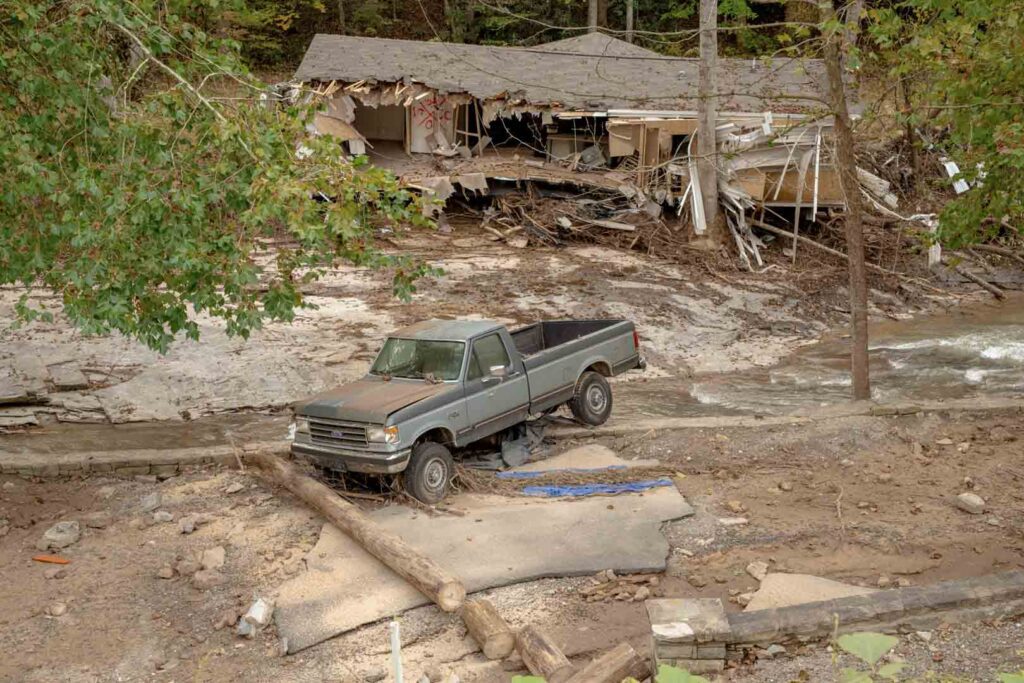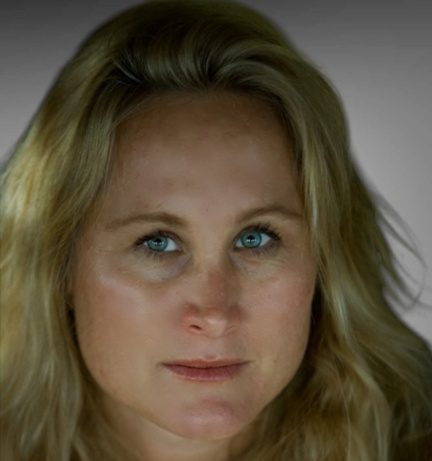Until late last month, there was optimism in the insurance industry. Hurricane season had been quiet, and the number of wildfires was still below the yearly average. Insurers were beginning to hope that the cost of reinsurance — that is, insurance for insurers — would only inch up next year, instead of shooting higher as it did the previous two years.
Two major hurricanes have upended their calculations.
Total economic losses from Hurricane Milton and Hurricane Helene could soar over $200 billion, according to early estimates. While it’s far too soon to know exactly what portion will be covered by insurance companies, some consumer groups, lawmakers and analysts are already worried about a big hit to insurers’ finances that could ultimately affect millions of people living in the most vulnerable areas.
As climate change increases the intensity of natural disasters, insurance companies have pulled back from many high-risk areas by raising premiums or ending some types of coverage. The fallout from the two hurricanes, which landed within the span of two weeks, could accelerate that retreat. It could also further strain an already feeble federal flood insurance program that has filled in gaps for homeowners living in areas where private insurance companies no longer offer flood coverage.
Hurricane Milton, which hit Florida’s west coast as a Category 3 storm Wednesday, did not ultimately cause the catastrophe that had been predicted for the Tampa Bay area. But it still did plenty of damage.

Sridhar Manyem, an analyst for the insurance industry ratings agency AM Best, said that while it was too early to estimate insurers’ obligations, industry insiders were already beginning to compare Milton to Hurricane Ian, which caused more than $55 billion of insured losses in 2022 when it hit the same area.
“Because of lack of information at first blush, usually people do this,” Manyem said. “This storm is pretty comparable to another storm in terms of size and path and intensity, so we can try to figure out what an inflation-adjusted loss would be.”
If the storm is that expensive for insurers, it will have a knock-on effect for customers. It will give insurance companies another reason to either raise premiums or stop selling policies to people living and working in certain areas. It could even drive some insurers out of business, as Ian did. Since 2021, nine property and casualty insurers have gone bankrupt in Florida.
Insurance companies will most likely have to cover more damage from Milton than from Helene, because its major destructive force was windstorms, not floods, which private insurers do not frequently cover.
Helene, which landed before Milton, also caused considerable damage. But the cost of repairing that damage, mostly caused by flooding, is more likely to fall on the National Flood Insurance Program, which provides more than two-thirds of all flood insurance coverage in the United States.
Some lawmakers on Capitol Hill are wondering whether that program will have enough money to pay flood claims without more funding from Congress. It could draw on about $15 billion before a new reauthorization bill would be necessary.
“Hurricane Milton may blow through the NFIP’s remaining resources,” said Rep. Maxine Waters of California, the highest-ranking Democrat on the House Financial Services Committee, which oversees the program, in a statement to The New York Times. “Even just one more storm could bankrupt the entire NFIP and prevent future claims payments to devastated communities.”
The program is plagued with problems. It is in debt to the Treasury Department for $20 billion already, with interest payments piling up.
Waters said Congress should pass legislation that would forgive the flood program’s debt.
The program also threatens to become unaffordable to people living in flood-prone areas who are required by their mortgage lenders to buy its policies. Lawmakers want to pass changes to the program, including a need-based plan that would help its poorest customers.
Consumer groups are worried that private insurers will continue to pull back from areas where people are in grave danger of damage from big storms but cannot afford to move. The Greenlining Institute, a consumer group based in California, is beginning to pressure insurers to write affordable policies for low-income homeowners.
Until recently, Greenlining focused its work on urging banks to do business with people who had been historically shut out of the banking system by redlining and other discriminatory policies. It expanded its mission when it realized that difficulties getting insurance were also taking a toll on poor and minority areas, said Monica Palmeira, the group’s climate finance strategist. Insurance companies are “allowed to essentially discriminate against climate-vulnerable communities,” she said.
On Friday, Daniel Schwarcz, a professor at the University of Minnesota Law School, proposed a federally administrated marketplace for homeowners insurance modeled after Obamacare.
Smaller insurers will have other things to think about first. If they have been poorly managed or have concentrated business too narrowly, they could collapse under the weight of claims from the storms.
“Florida-focused property insurers, they are really at the highest level of danger,” Manyem said. Those companies, he said, are likely to have the hardest time getting new reinsurance policies, too.
This article originally appeared in The New York Times.




